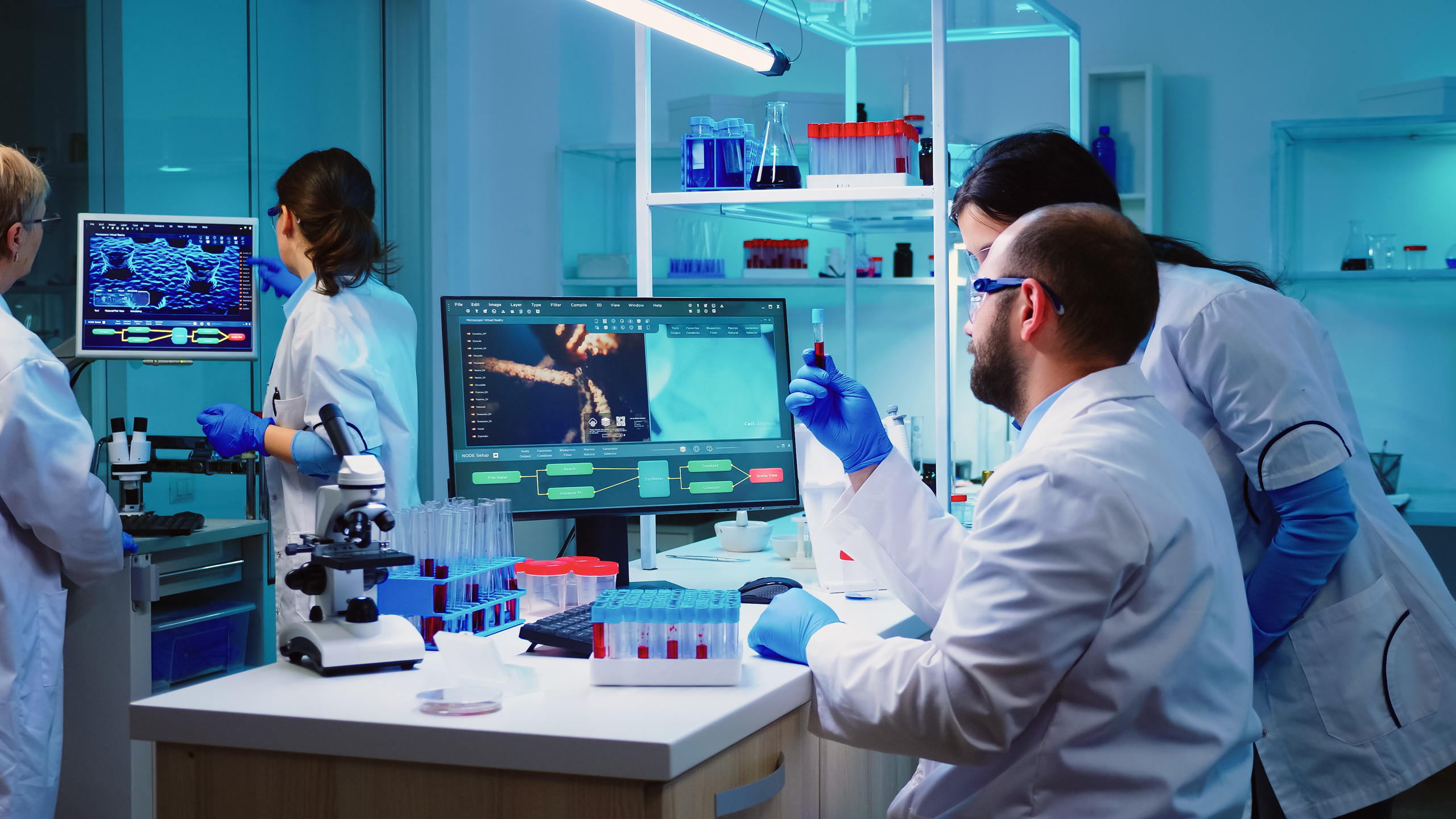Menu

Duration: 1.00 Hrs
Course Level: Intermediate
Languages: English
Capability: Audio, Video, MobileReady
This course is designed to introduce participants to aromatic compounds and the reactions associated with them. It describes the structures of benzene and benzene-derived compounds and explains how aromatic compounds are named. It also covers various types of benzene reactions and identifies typical compounds produced through benzene reactions. In addition, it covers aryl halides, phenols, ethers, aldehydes, ketones, and arenes.
By the end of this course, you will be able to:
Duration: 1.00 Hrs
Course Level: Intermediate
Languages: English
Capability: Audio, Video, MobileReady
In this course, participants are introduced to atomic absorption analysis. The course explains the basic principles of atomic absorption and introduces equipment used to conduct atomic absorption measurements for both conventional, or flame, and graphite furnace atomic absorption.
By the end of this course, you will be able to:
Duration: 1.00 Hrs
Course Level: Intermediate
Languages: English
Capability: Audio, Video, MobileReady
Inorganic Chemistry is designed to introduce participants to some of the terms and principles associated with basic chemistry. The basic structure of an atom is described, and the ways atoms combine with each other are explained. In addition, the periodic table is introduced and used to determine mass relationships described by chemical reactions. This course also covers how chemical reactions can be affected by various conditions, and special attention is paid to equilibrium reactions.
By the end of this course, you will be able to:
Duration: 1.00 Hrs
Course Level: Intermediate
Languages: English
Capability: Audio, Video, MobileReady
This course offers a condensed and simplified lesson on the characteristics and chemical behavior of the aliphatic branch of organic chemistry. The physical properties, molecular structure, and typical reactions of alkanes, alkenes, and alkynes are discussed.
By the end of this course, you will be able to: